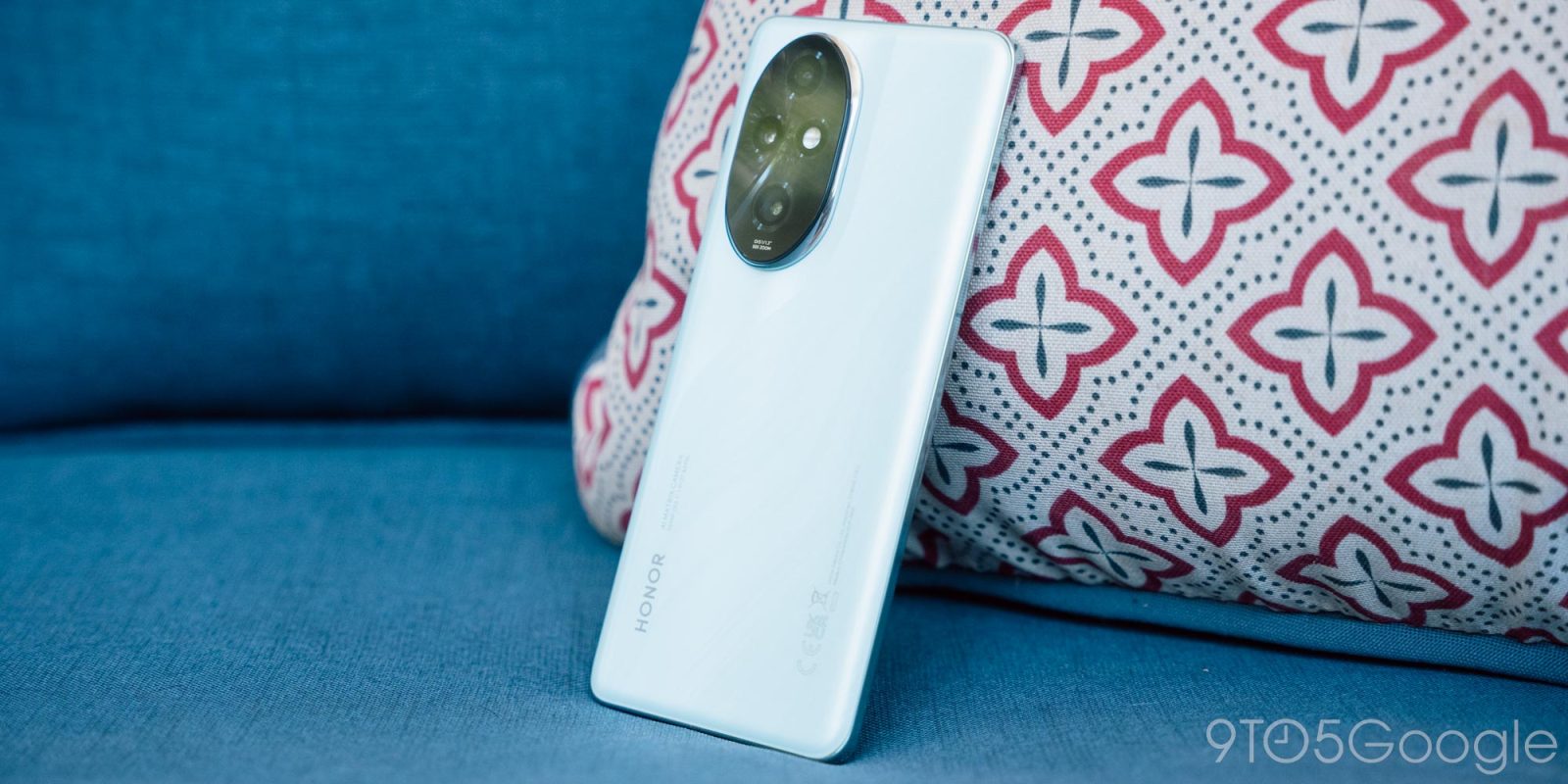
Anything outside of a flagship smartphone is an exercise in compromise. Finding the things you can make sacrifices in without ruining the entire experience. That usually makes it tough to focus in on perfecting one particular element, but that’s what Honor has attempted with the new Honor 200 Pro, and it’s done a pretty fine job of it.
The Honor 200 Pro is a €799 smartphone that runs atop a not-low-end package.
At its core is the Snapdragon 8s Gen 3, 12GB of RAM, and 256GB of storage. That makes for a plenty powerful smartphone through and through. I’ve been using it over the past few weeks, and have been continually happy with the performance. On top of Android 14 and Honor’s MagicOS, the device runs smoothly and can even handle a session in Star Wars: Hunters without breaking a sweat. It gets a little warm at times, but well within reason.
That all powers a 6.78-inch display which is bright and vibrant. It has curved sides on the glass, something I’m never a fan of, but it’s a stellar display otherwise. That’s in part because it makes an effort to be easy on the eyes, with blue light reduction and a higher 3840Hz PWM refresh rate versus most devices. It won’t make a huge difference to many, but they can really make or break a device for some users, and it’s commendable to see Honor continually making an effort here. There’s also a fingerprint sensor (optical) on the display that works well enough, but I wish the face unlock used the same sensors as the Magic 6 Pro. The camera-based system can’t be used for secure apps, but it makes sense as a removal to make the device more affordable.
Honor’s Android skin, meanwhile, isn’t going to be everyone’s cup of tea. MagicOS is a heavy skin that makes a lot of fundamental changes to Android that look… familiar, but not in a good way. Between the split notification and Quick Settings, quirky animations, and the very aggressive background app management, it can be more than a little frustrating at times.
But for all the bad, there is good. For example, Honor continues to work on its “Magic Portal” feature that lets you drag and drop text between apps, using AI to help you access the right apps. It’s a clever feature, but one that didn’t work in enough apps when it debuted on Maigc 6 Pro. Honor has expanded it a bit since, making it just a bit more useful. Honor’s software also does some clever things, like using sensors on both the front and the back the phone to better adjust the display brightness.
That software is wrapped up in a combination of metal and plastic. The side rails, small as they are, are metal, while the back of the device is a textured plastic. Honor says the design of the 200 series is inspired by the atrium of the Casa Mila in Barcelona as well as the city’s coastline. It’s an interesting look to say the least, but one that’s grown on me with time. It is still a slippery design, though. The plastic back isn’t very grippy despite being textured, and that texture feels like one of those holographic toys from childhood. It’s odd, and a device I’d absolutely prefer to use in a case. That said, despite around a week running around Paris using this device caseless, I never dropped it.
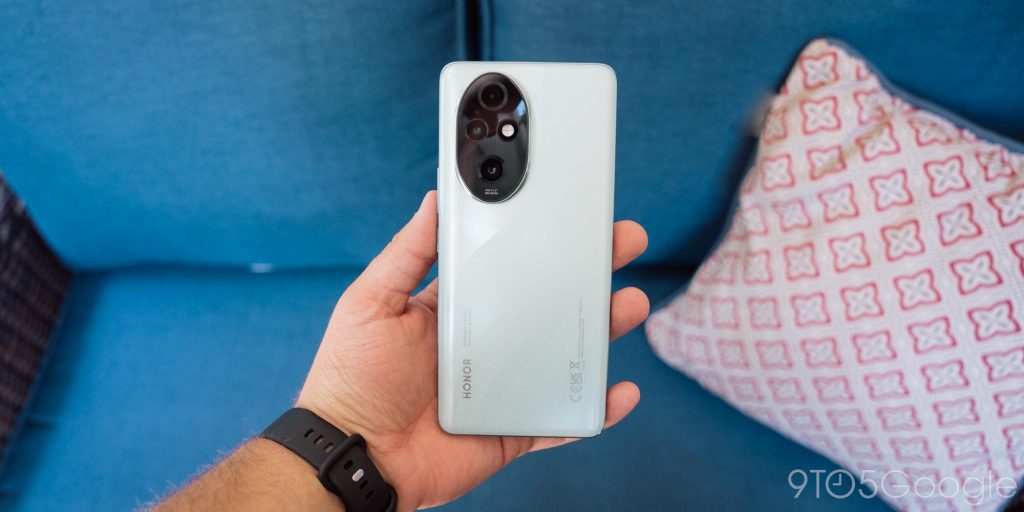
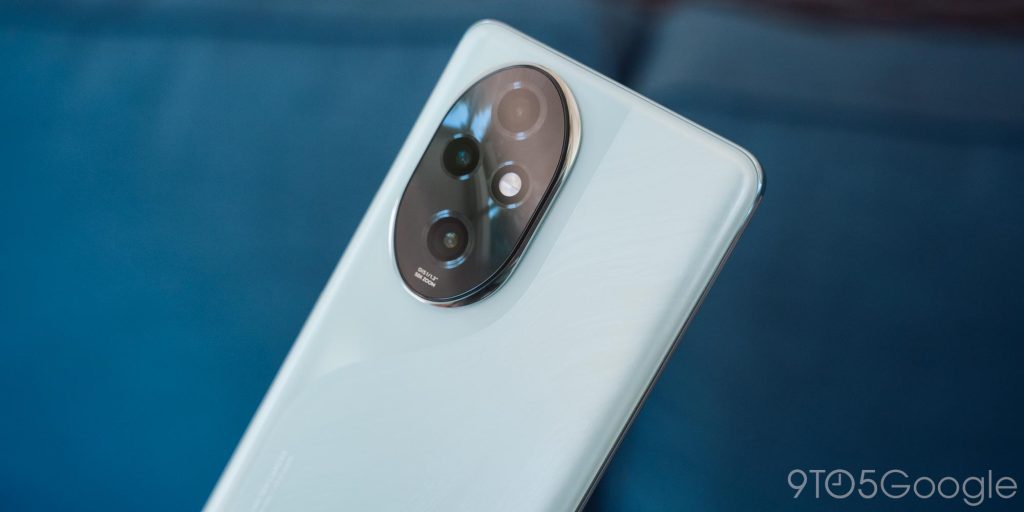
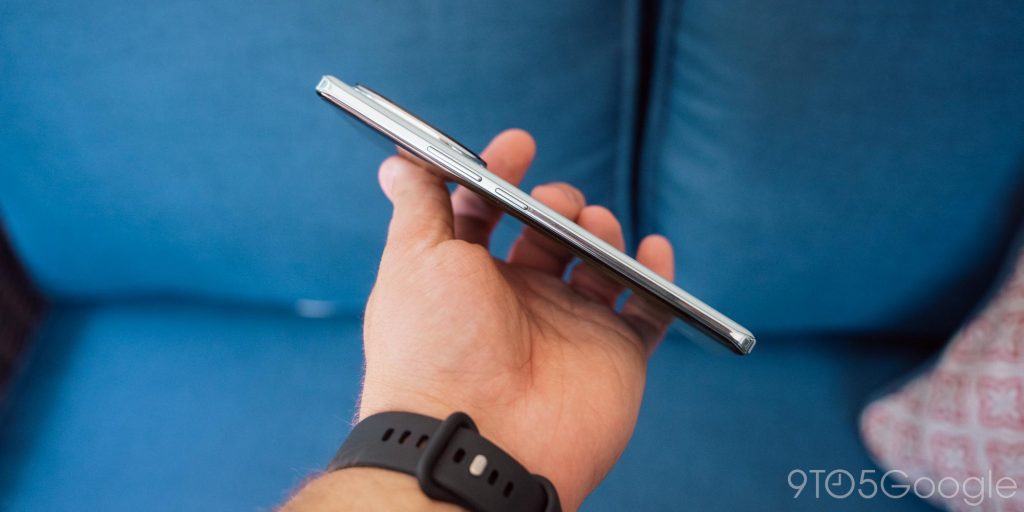
But the big story on this device is all about the camera.
Honor has invested quite heavily in this device for taking portraits, and it’s actually paid off. A specialized main sensor combined with AI tuned by Studio Harcourt results in portraits that are full of depth, life, and definitive style choices.
Portrait photography on smartphones is something I’ve never really seen the appeal of. Fake bokeh just rarely looks good to my eyes, but Honor has really nailed it here. The bokeh isn’t aggressive, and the color choices made in the tuning really just make the portrait shots stand out from a normal picture.
How’s the rest of the camera? It’s solid. I wouldn’t call it as good as the Magic 6 Pro, but it takes solid images through and through. My only gripe is consistency and speed. Shots occasionally don’t come out as I expected, and Honor’s low-light shooting is unexpectedly slow. There’s also no means of consistent hardware access to the camera app. Your only shortcut is via the lockscreen, which remains slow and cumbersome compared to the double-tap of the power button which is standard on virtually every other Android smartphone. Honor supports the double-tap on the volume down key, but this only works on the lockscreen, and was inconsistent in my experience.
The Honor 200 Pro is, as a standalone smartphone, fine, if maybe a little pricey. The software keeps it far from being a direct recommendation from me, but Honor has created a focused portrait powerhouse here that, at the end of the day, is still within a decent smartphone.
Honor 200 Pro is available in Europe and the UK for €799/£699.99.
FTC: We use income earning auto affiliate links. More.
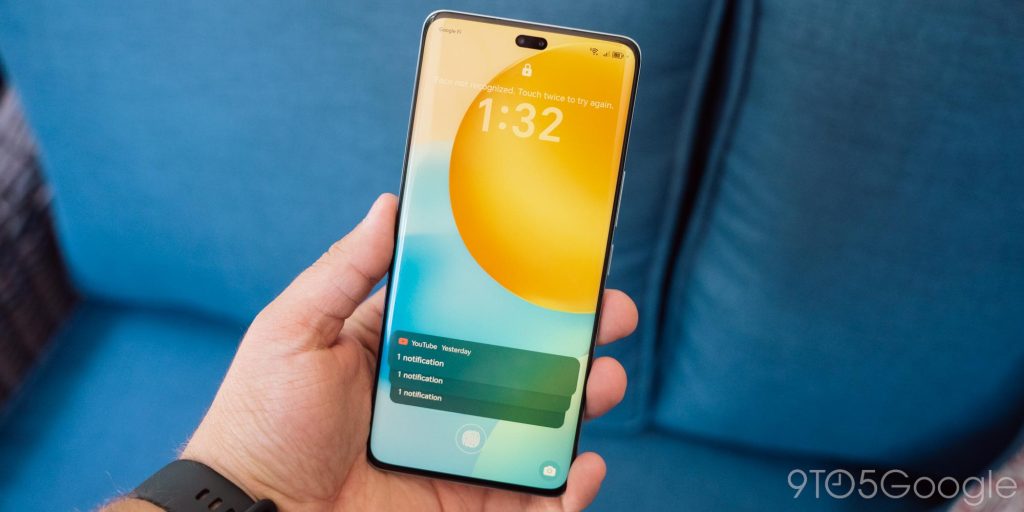
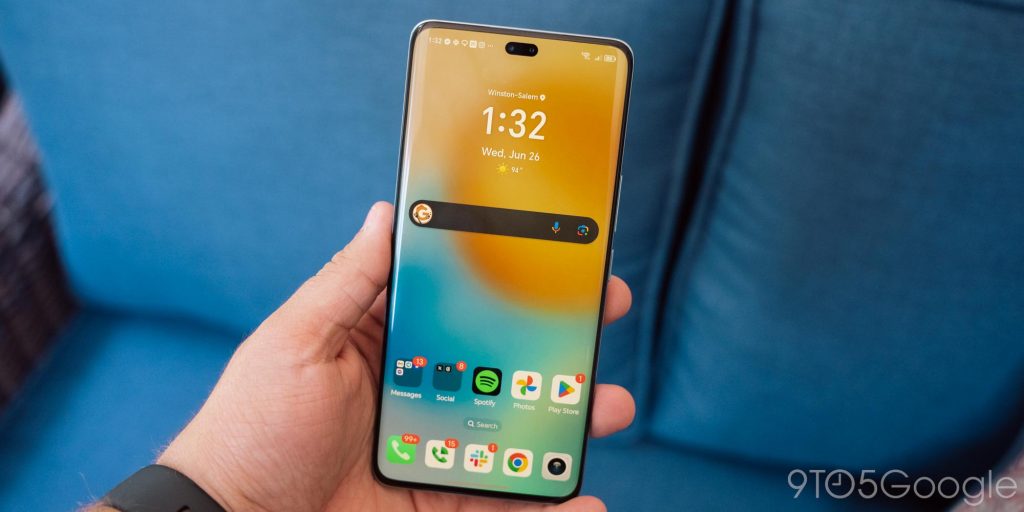
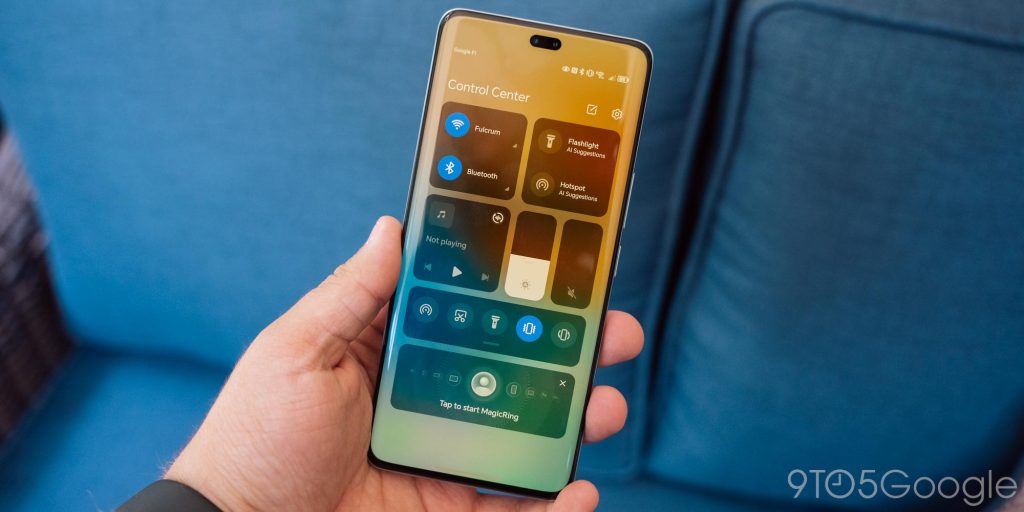
















Comments